Maybe you’re an astute organic gardener. Or perhaps you’re looking to begin gardening for the first time ever. Regardless of your reasons for taking on gardening, this is a perfect time to relax and do some garden design.
As a proficient garden designer myself, most of my time is occupied deliberating about this subject – so I thought why not share some of my garden planning tips. I‘ll tell you some recommendations for planting and garden layout and also go over other aspects you should organize if you haven’t already done so.
For persons located in the Northern Hemisphere, this may be an ideal time to start thinking about the things that hold up a successful garden. Don’t be set back in selecting varietals of seeds before you take these simple things into consideration:
Determine What Works Where You Live
You can’t design a garden if you don’t know all about it. Knowledge about your site will deepen and broaden as time lapses. Nevertheless, all garden designing should start with a brief comprehension of where you reside.
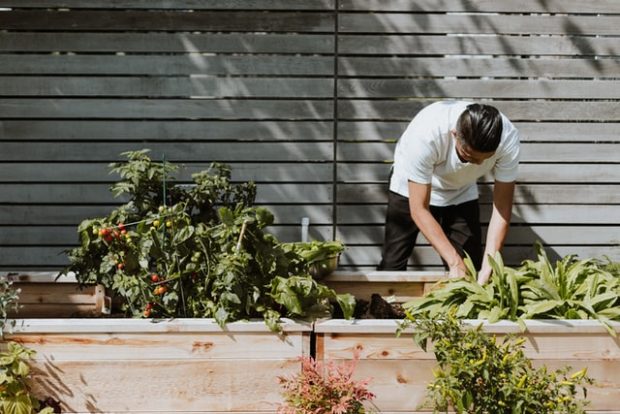
It may appear like a no-brainer, but it’s integral that you consider environmental factors. Make a point of knowing the sort of microclimate and climate the area you reside in receives. Make sure you are aware of how the sunlight shifts through the plot, and the manner in which shade is cast over the site throughout the day and year. Is it boggy and wet or dry and arid? Is it sheltered or windy? Take samples of the soil and plants already predominant in the region and conduct an analysis.
During winter, you may not get a chance to go outside much. Nevertheless, make a point of spending some time in the garden, making observations and getting to understand it. This will assist you to make better decisions in the future.
Decide Which Type of Gardening You’ll Do
Many garden planning articles base their information on producing annual crops and organizing a planting timetable for those plants. However, it’s crucial to bear in mind that sowing vegetables in squares or rows aren’t the only method to cultivate your own.
Personally, I separate my food production into three: small space gardening, perennial production, and annual production. You may opt to concentrate on one or incorporate a combination of any of the gardening approaches.
Annual production is the most conventional and accustomed type of gardening for many. It entails cultivating a wide selection of popular annual vegetables and fruits, often in raised beds or in the ground. If this is the pathway you wish to go with, I would suggest that you consider a no-dig approach.
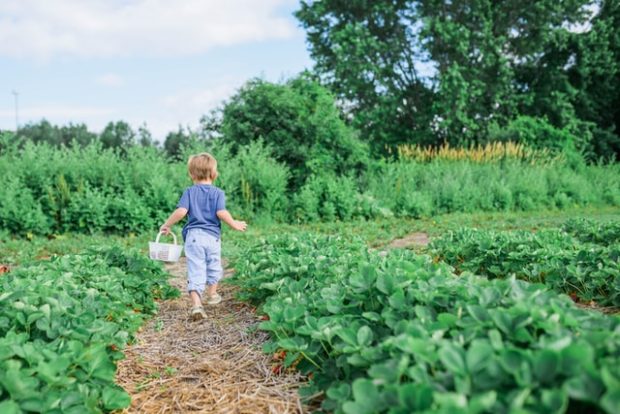
Perennial production is less known to most. However, it can prove to be the most sustainable, eco-friendly, and undemanding approach when it comes to food production. There are lots of edible perennials to plant – from canes and fruiting shrubs and fruit trees to perennial onions and perennial cabbages … and more. Forest gardening is a perfect embodiment of this kind of gardening. If you’ve already started planting your own, but have been focusing on growing annual crops, this could potentially be up your avenue and worth considering.
If you have limited space, the next best choice can be container gardening. However, vertical gardening, and the prospect of aquaponic or hydroponic growing systems, could assist you to think outside your purview and get creative.
Ensure that you’ve looked at the alternatives and decided which paths or path to venture into before you proceed with your garden design.
Determine How Ambitious You Want To Be
Every garden structure has a selection of components. It is essential that you keep in mind that you, as a gardener, are among those components. When designing your garden, it is integral that you take your personality, desires, inclinations, and abilities into account. Take a look at Thetreegarden.com for inspiration.
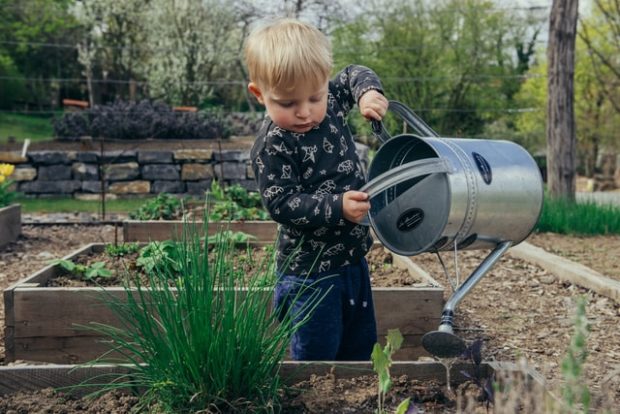
One essential component of garden designing that is usually ignored is an assessment not only of the garden itself but the gardener as well. Take your time and review how ambitious you are, determine your objectives, the amenities available to you, and how pragmatic you are approaching things when it comes to the size and extent of your gardening plans. Think over how cautious you normally are, and how that may affect your target.
Ensure the Basics Are in Place
Before you even start to ponder garden growing places, I would highly recommend that you set the fundamental elements in place. First and foremost, are you thinking about the water? How will you capture, store, and manage it in your garden structure? If you currently don’t have a way to harvest rainwater, for instance, now could be the ideal period to set up a harvesting system to catch water.
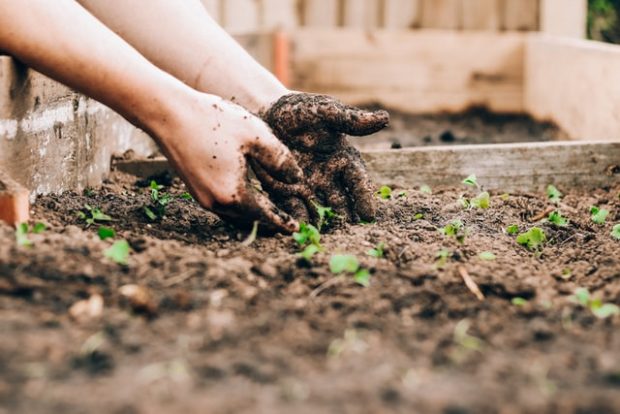
It is also integral that you deliberate about how you’ll recover nutrients and maintain fertility in your garden as time lapses. If you currently don’t have your own compost pit set up, now would be an ideal time to begin. You might have a hot or cold composting system, compost in place, or get the aid of worms. Regardless of the techniques or technique you select, ensure that you are in a position to recoup surplus to the garden. This is essential when it comes to keeping the soil healthy over time.
Consider Garden Layout
Zoning is among the agroforestry ideas that can assist you when figuring out the design of your garden. Ensure that the locations you will go to most are nearest to the base of operations. Most of the things to do with garden planning are just common sense.
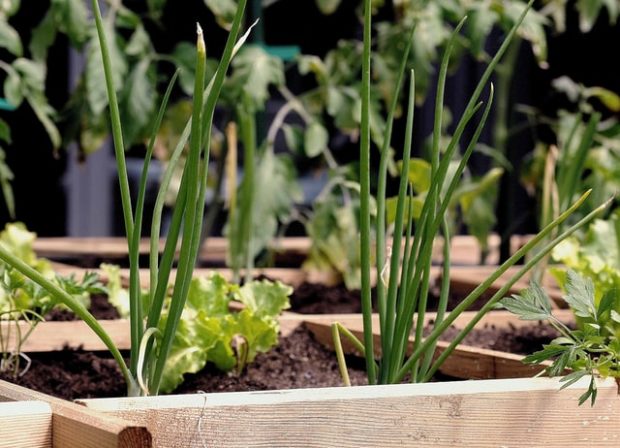
Deliberate about the pathways you’ll use to walk around the garden and structure accordingly. Consider the outputs and inputs of every garden component, and where they will originate from and be utilized. Visual appeal is essential – but keep in mind that they are not the main priority.
Develop an Initial Planting Scheme
Having a draft of an initial planting system with plants well-matched to the area and your requirements can assist you to solidify your plans. Still, treat your original planting system as a beginning point. Don’t take it as the final input of your garden planning. Be adaptable, and open to altering the design as time lapses.
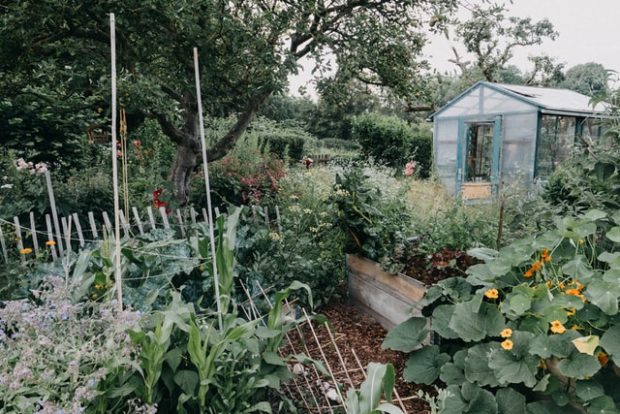
Regardless of the kind of gardening you have opted for, keep in mind that biodiversity is essential. It doesn’t matter if you’re going for a forest garden, or an annual polyculture bed – cultivate with variety in mind and incorporate, don’t isolate. Think of the crops that will contemplate each other, and which can assist each other in various ways. You can attempt new combos and think outside the box as much as you want.
Plan for the Future: Natural Change, Crop Rotation, Succession Planting
Once you’ve sketched a planting strategy for summer/spring, don’t stop there. During winter, you can formulate a plan that works for the long haul. Deliberate about subsequent planting in annual beds, and how you can mix crop rotation with companion planting.
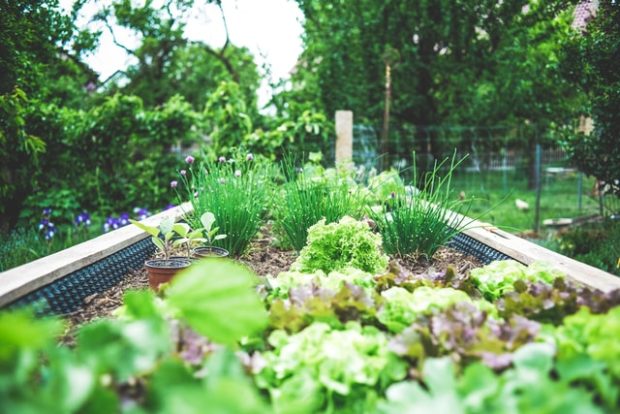
Most individuals think that garden designing largely comes down to the crops and seeds you select. However, crop selections are only a small section of the total equation. Garden designing starts with the information provided above. I would advise that you get these things figured out and shifting from patterns to details as you start your garden planning.
The post A Guide to Designing A Garden appeared first on YourAmazingPlaces.com.
from YourAmazingPlaces.com https://ift.tt/japLQdc








0 comments:
Post a Comment